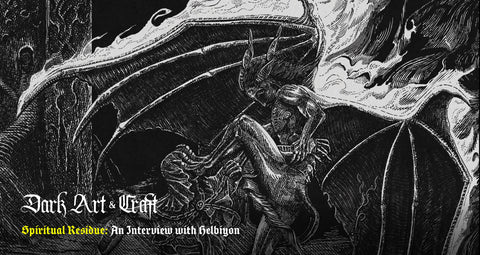
Daniel and the Lions' Den, commons.wikimedia.org - Source.
Baroque period Artist François de Nomé created fantastic structures, towering arches and burning surrealistic hellfire. The Artist's imaginary cityscapes and proto-surrealist architecture can be seen an early inspiration and template for notable Surrealist Artists, such as Dali and De Chirico. Employing vast otherworldly scenes and destroyed civilizations de Nomé created something beautifully macabre in his direction. Until the twentieth century most of de Nomé's works where attributed to a "Monsù Desiderio" but additional Art research has shown these works to be created by de Nomé, Didier Barra and possibly a third unnamed Artist.
De Nomé's most famous works are his paintings, which are known for their dramatic and ornate style. He was particularly skilled at depicting grand and elaborate scenes, often depicting religious or mythological subjects in rich and detailed settings. His paintings are characterized by their vivid colors, bold brushstrokes, and highly realistic figures, and are considered some of the finest examples of Baroque art.

King Asa of Judah destroying the Idols (formerly, Explosion of a Cathedral) - Source
de Nomé was born in Metz, in present day France, but relocated to Italy in his teenage years eventually settling in Naples. In Italy de Nomé's work gained popularity and he developed the style for which he is generally known - including the use of ornate ruins and collapsing or burning cities. He is believed to have influenced other Artists (Such as Jacob van Swanenburgh) with his extreme use of perspective and an almost violent sense of landscape.

Francois de Nome (Monsu Desiderio) - Les Enfers (1622)

Saints Paul and Stephen, 17th century - Source



"The Destruction of Sodom and Gomorrah" by François de Nomé (called Monsù Desiderio) - Source

Monsu Desiderio (Francois Nomé) Landscape paintings, Art, Trojan war, Source

Belisarius Recognized by one of his Soldiers, Oil on Canvas c.1630 - Source

La tour de Babel en construction Source




